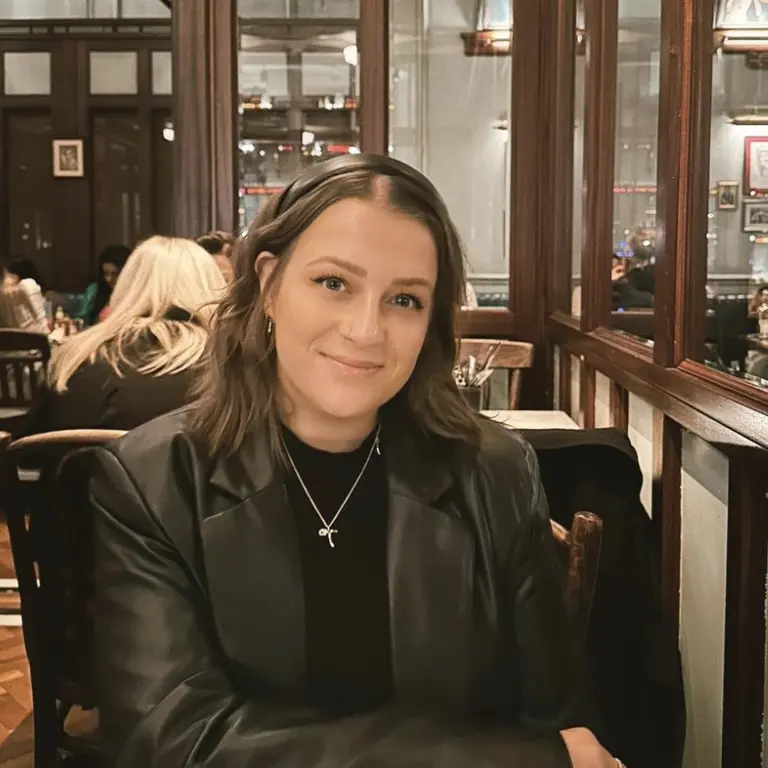



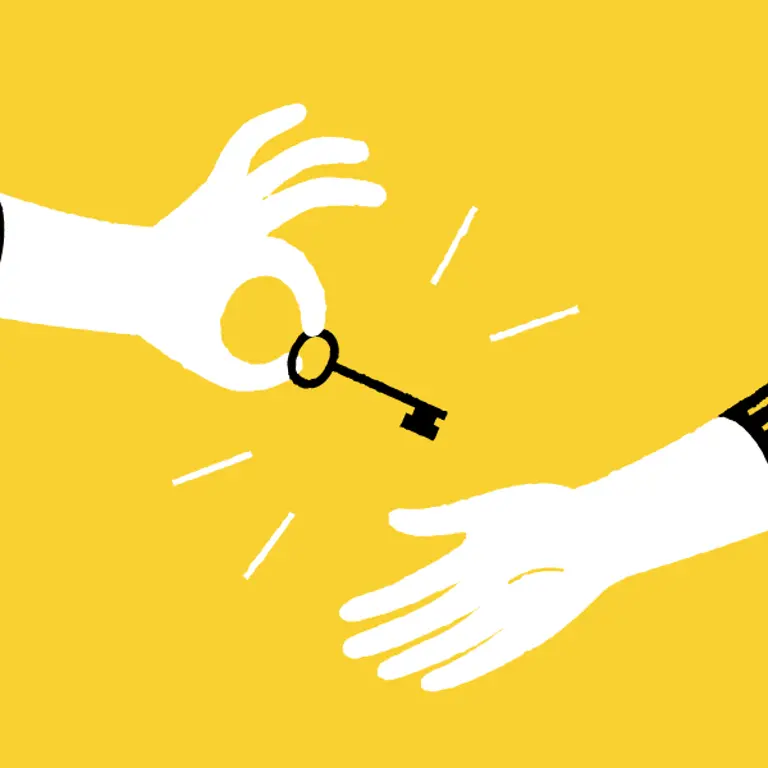
I recently ventured over to Birmingham for Canvas X — the tenth edition of a renowned digital product conference. The theme this year was centred around The Future of Product Teams. Whilst product is not my bread and butter, it’s an important aspect of my role as Head of Experience Design at Cantarus. Attending the event was a great chance for me to brush up on my knowledge and learn from some industry experts working for leading brands, including Zoopla, ITV, Monzo, Lego, Gymshark and Bumble.
I’ve missed in-person events a lot, more than I think I even realised. Pre-pandemic I was a regular on the circuit; attending design conferences and talks was a big part of my growth as a designer and helped to feed my passion.
I’m largely an introverted person but getting out of my comfort zone and connecting with like-minded people is important for me, I always enjoy it once I get stuck in. Having been thrust into remote working for the past 18+ months, I’ve come to appreciate how energising it is for me to be around teammates. Attending Canvas with colleagues from London and Manchester was good for the soul. I learned a lot and was inspired to take some of those learnings into my day-to-day practice.
Having had some time to reflect on the various talks and the day as a whole, it has reinforced a long-standing belief of mine.
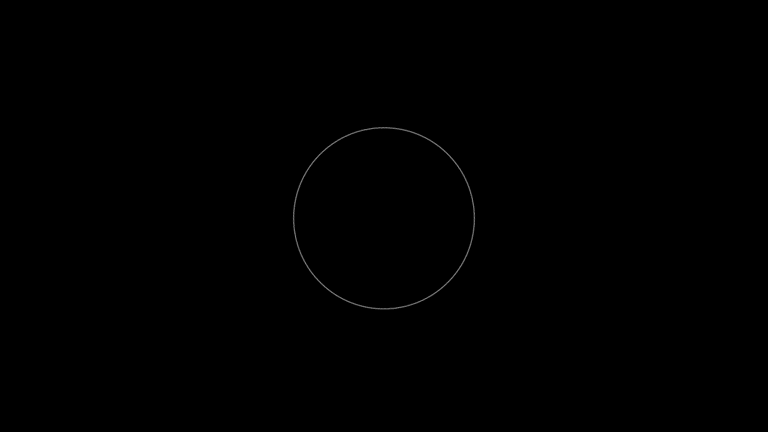
I’ve applied this thinking to all kinds of situations over the past few years and it’s something I really stand by. Whilst it may sound simple enough, time and time again things can slip between the cracks. We’re all human, we’re all busy, and we all want to make the best work possible. Putting in a little more time to communicate better saves a lot of time in the future. It’s the best investment you can make. Did the client hate on your work for no good reason, or did you not articulate your rationale clearly enough? Did your meeting flop because people were uninterested in it, or were the attendees unprepared because the agenda gave little context? Let’s look at two parts of a typical project delivery process that rely on strong and clear communication to run smoothly.
Having a creative brief in place is a vital part of any design process. Getting it right (or wrong) can make a massive difference to the success of a project, and the sanity of those involved in it. Was the brief well written? Does it contain enough information and context from the research and discovery phase, without overloading the designer with detail? Are the parameters of the project made clear within it? Ultimately, does it inspire creativity?
Get all of this right and you’ll set designers up for success, empowering them to deliver amazing and memorable work that’s on brand, to spec, and within budget. Get it wrong and you’ll leave a lot of people frustrated, waste time and money…not a great business model.
A great way to health check your briefs is to ask for feedback on them. Some creatives tend to suffer in silence, wrestling with a briefing document that’s full of holes rather than raising their hand and asking for more information. Speak with the intended audience of your brief and shape it around their needs, it’s useless otherwise.

Designers and developers should be in regular conversation throughout the project, most crucially at the point of handover to the build phase. Creative dissemination should be simple enough…You know the work inside out and have been talking about the project with your teammates and clients non-stop for weeks. However, you can easily fall into the trap of siloed and assumed knowledge. An expected user interaction may be clear and obvious to you, but it may not be to the developer working on building it. She needs to know what’s in the creatives head.
A strong and transparent relationship between designers and developers will always improve the output of your team. Were they on the same wavelength throughout the project? Was all expected functionality explained clearly? Was the designer sympathetic to the time and technology constraints of the brief? Was the developer open and honest about the art of the possible during ideation? We’re all in the business of making amazing digital experiences; designers and developers should talk often and work together to ensure we deliver exceptional outcomes.
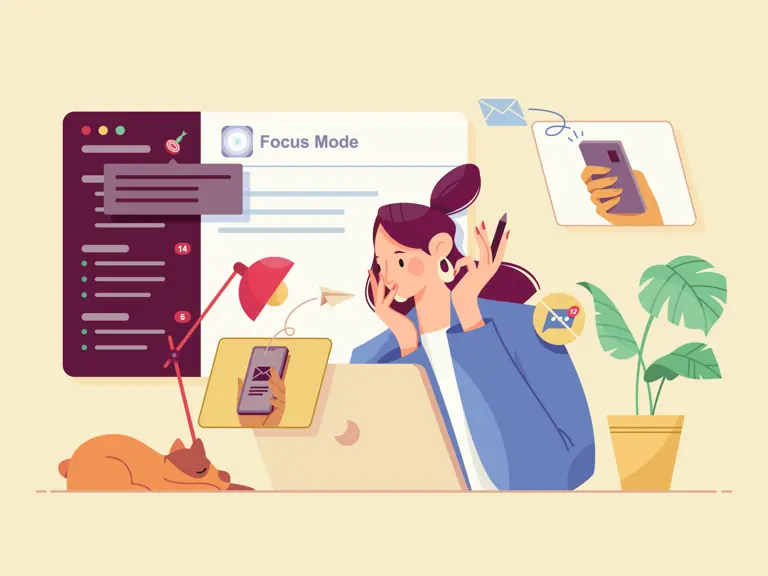
The communication tools we have are fantastic, ubiquitous, and integral to modern workflows. I use Slack, Zoom and Miro heavily in my day-to-day as I coach my reports, collaborate with teammates, and work with clients all across the country. This ever-flowing sea of communication across multiple tools makes us hyperconnected and truly in control. At least that’s the idea.
Attending Canvas gave me the rare chance to go on airplane mode and be in the moment. No work messages. No doom scrolling social. No group chat gif bombardments. Maybe that’s why I enjoyed the day so much. The event was held at an IMAX theatre, so fittingly I felt that familiar sense of being at the cinema and becoming engrossed with the show.
This led me to think about a recent change to my own work process which allows me to focus on achieving one great thing every day. I call it Do Less, Better.
A few months ago, I decided to take some control back of my working day to help me better support my team, in a smaller window of time. I achieved this by blocking out some time in my diary every day to ‘Get Stuff Done’. Before 10am and after 4pm I turn my Slack notifications off and say no to any internal meetings so I can dedicate my time to a specific project or task.
Being readily available to my colleagues and reports is essential, especially when working remotely, but blocking this time out to Do Less, Better has really helped me. Folks know not to bother me unless it’s business-critical, and I can devote my time to Slack/calls/emails as much as needed 10–4 without fearing I’ll run out of time for key deliverables. By making sure I achieve at least 1 important thing every day, I can look back on each week knowing that I’ve delivered a bunch of important stuff really well without neglecting the needs of my team.
Looking back on some quotes and stories I scribbled down from the conference, I saw these themes of better time management and improved levels of communication emerge time and again.
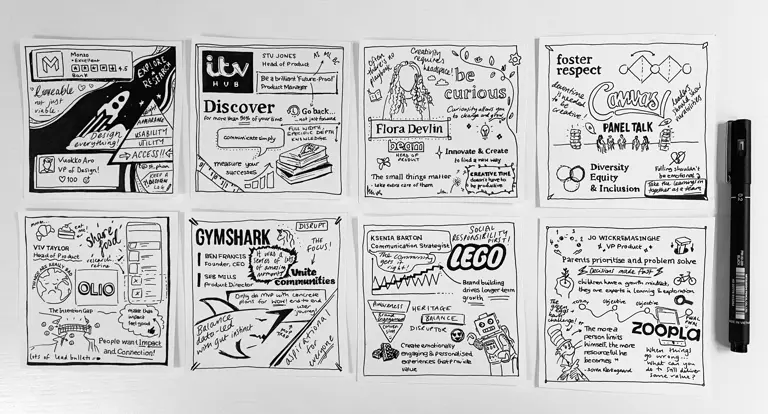
“Discover the future 60–70% of the time”
Stu Jones from ITV made his views on the role of a Product Manager clear. They need to dedicate a significant portion of their time to research and discovery so their team can build the right product features. This discovery work also needs to be communicated clearly and effectively to the team for it to be worthwhile. Spend a good amount of time on the right task and communicate the outputs of that to empower other people to succeed.
Gymshark talked about how they are building a ‘Shared Vision. Shared Services. Shared Design Language.’ This is something we’re working towards too at Cantarus with a Figma-led design system for an app product that places accessibility at its heart. It’s clear that these 3 key deliverables are vital for the truly connected customer experience that Gymshark want, and for their various departments to collaborate effectively. The emphasis is on ‘sharing’ and this can only be done through strong, transparent, and clear cross-team communication. For a company that has scaled as aggressively as they have, these values, ways of working and design patterns have to be easily accessible and instantly understandable.
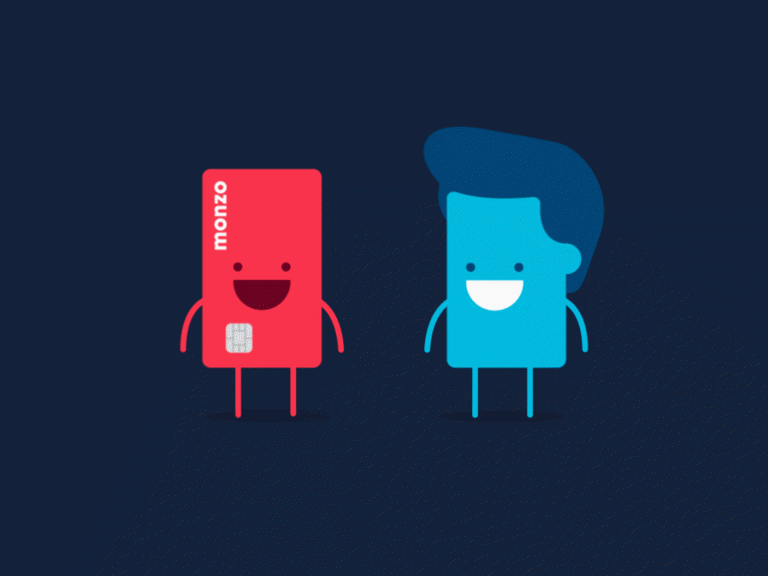
Vuokko Aro, VP of Design at Monzo, shared some interesting insights regards communication at their organisation. Their team are encouraged to produce Design Logs — a highly detailed one-stop-shop collection of project notes. The depth and quality of these logs are championed and awarded, actively pushing designers to document their process better. This goes back to that Handover topic I discussed earlier. Vuokko also shared the creation of a Slackbot, intended to gently sway company culture to be more inclusive by dissuading the use of the term ‘guys’ in messages. If teammates are regularly being made to feel isolated by some of the collective terms you are using, that’s such a simple change to make that could really boost someone’s workday. Empathy goes a long way in the workplace.
Here are some key takeaways from this article…
Chances are you have a million things that you both need and want to do, every single day. Think about what’s truly important for you to do in your role to enable others to succeed. Find time in your schedule to focus on completing one important task. Do this every day and you’ll guarantee a productive week, no matter how disrupted it might have felt.
Putting more time in your documentation, handover, and meeting prep today can save a lot of people hours further down the line. It’s the best investment you can make. You’ll minimise risk and increase the chances of a project or task going well the first time.
Everyone works in different ways, and we should respect other people’s time and space. It’s important to connect face to face regularly too, whether that’s in work, over a video call, or out of the office somewhere. It’s amazing how many unexpected things come up when you do. Get some issues off your chest, laugh about the little things, be open, honest, and transparent with each other. Relationship building is a big part of our jobs. Switch off the noise every so often and focus on what matters.
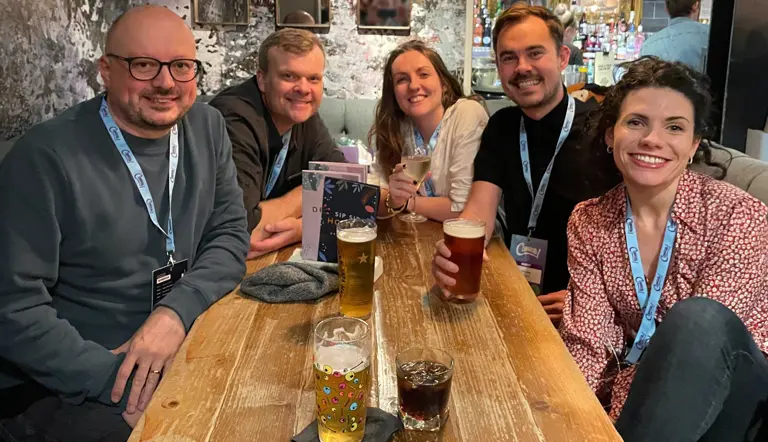
Playwright George Bernard Shaw hit the nail on the head…
